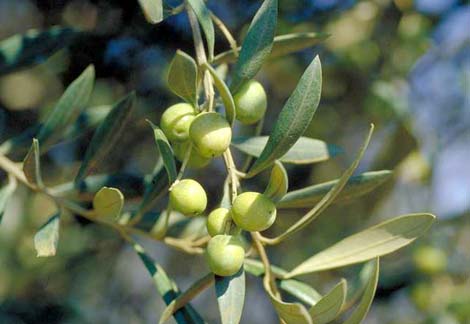Lemon mousse:
. 3 eggs
. the juice of 3 lemons plus grated rind of one
. 100 mg sugar
. 6 gm gelatine
. 350 gm whipping cream
Separate the eggs and put the yolks and the whites into different mixing bowls. Put the whipping crea minto a third mixing bowl. Add the sugar to the egg yolks and mix well. Put the lemon juice and the gelatine in a small saucepan and leave for 5 minutes before heating gently to dissolve the gelatine.
be careful not to let the lemon jiuce boil.
Take the saucepan of the heat and leave to cool a little before adding it and the lemon rind to the egg yolk mixture. Mix well.
Now whisk the egg whites and the cream until they are both firm.
Mix them both into the egg yolk mixture by very gently moving the mixture from top to bottom with a wooden spoon or spatula. The slower and more gently you do this the lighter the mousse will be.
Put the mousse in the mixing bowl into the fridge for at least 2 hours to set.
Chiacchiere:
. 400 g plain flour
. 25 g icing sugar
. 50 g butter
. 2 eggs
. a glasso f marsala
. a pinch of salt
Sieve the flour into a bowl and add all the other ingriedentes. Mix well to form a smooth dough. Leave to rest for 10 minutes.
Roll out the dough with a rolling pin until it is just a couple of milimetres thick and then cut into strips using a zig-zag edged patry cutter. Fry in hot oil for a few minutes until browned and leave to drain on some kitchen paper.
Serving suggestion
Using two dessertspoons, form querelle with the mousse by taking a spoonful of the mixture from the bowl with one spoon and then carefully passing the mixture between the spoons until a neat form is obtained. Gently slide the quenelle off the spoon into a dessert plate.
Dust the chiacchiere with a little extraa icing sugar and place them on the plate next to the querelle of lemon mousse.
Finally decorate the mousse with a few fine strips of lemon rind.






